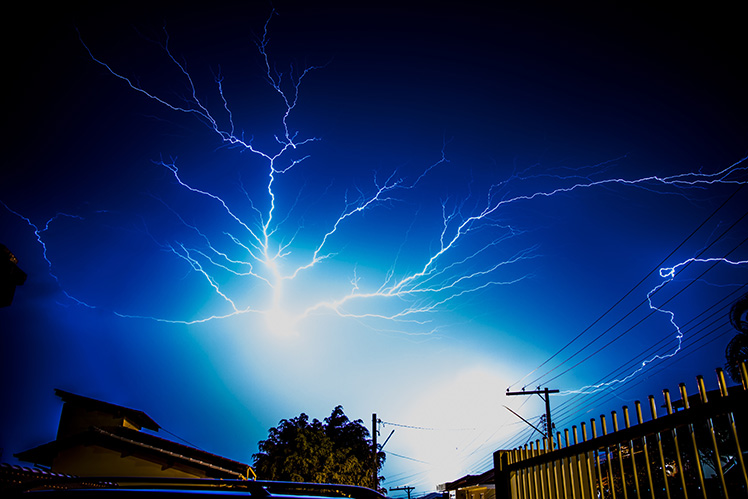
We usually watch lightning with admiration and fear. We admire the beauty of this natural phenomenon and are afraid that this admiration may be the last in our lives. Below are some popular misconceptions about lightning.
Lightning rarely kills people
In fact, according to the US National Weather Service, lightning kills more people each year than any other natural disaster, excluding floods.
Lightning never strikes twice in the same place
Many people are convinced of this. In fact, it can hit the same object dozens of times. So, for example, in the famous New York skyscraper Empire State Building, lightning strikes an average of 23 times a year.

Is it only vertical?
Some believe that lightning discharges are characterized by moving over long distances vertically – from the cloud to the ground, and at the same time they cannot overcome the distance horizontally.
However, in reality, as experts from the National Hydrometeorological Service of the United States note, if lightning strikes an object that is a good conductor of electricity, such as a metal fence or electrical and telephone wires, it can “run” horizontally up to 2 km. There are cases when a person dies or gets seriously injured from a lightning strike through a telephone wire.

Do not take a bath or shower during a thunderstorm
This is explained by the fact that water is a good conductor of electricity. And this is not a myth. But do not forget that water pipes are even better conductors. Therefore, lightning does not cost anything to strike you when you are washing dishes in the kitchen sink.
Lightning is not lightning
This is not true. Experts note that this is real lightning, but since the thunderstorm is very far from us, we see only reflections of lightning and can hear the echoes of thunder. These reflections are nothing but the reflection of lightning in the clouds located within our line of sight.

Lightning strikes with an electric current, and this is its greatest danger
This statement is true, but it should be noted that the danger of being burned is no less. After all, the temperature during a flash of only one lightning is equal to the temperature on the surface of the Sun – about 6000 degrees C.
We also recommend:










